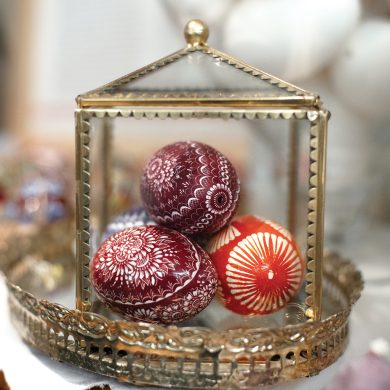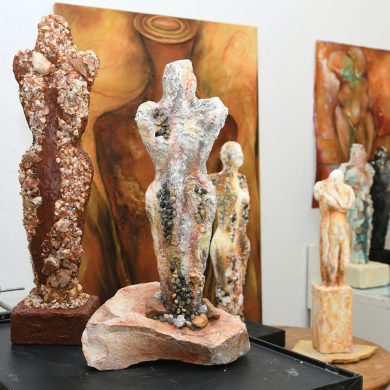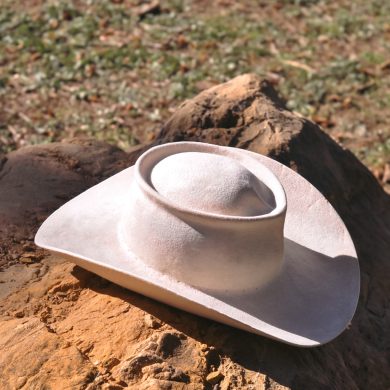I grew up in a couple of small towns, which now form part of the Gauteng Province in South Africa. Back then, South Africa had a very complex and unfortunate governing policy of racial segregation known as Apartheid. I was just a happy little girl growing up in a big family with four siblings, oblivious to what was happening around me. My parents weren’t highly educated nor rich, but they made sure to teach us the values of love and equality and how to treat all people with respect. They protected us from the ugliness of the world and that is how I remember my childhood, a happy little girl with vivid imaginations and a desire to make everything around me beautiful with crayons and paint. Although no one in my family practiced art, I was surrounded by people who made beautiful things with metal and steel and crochet, and who knitted, and baked beautiful cakes, and sewed pretty clothes.
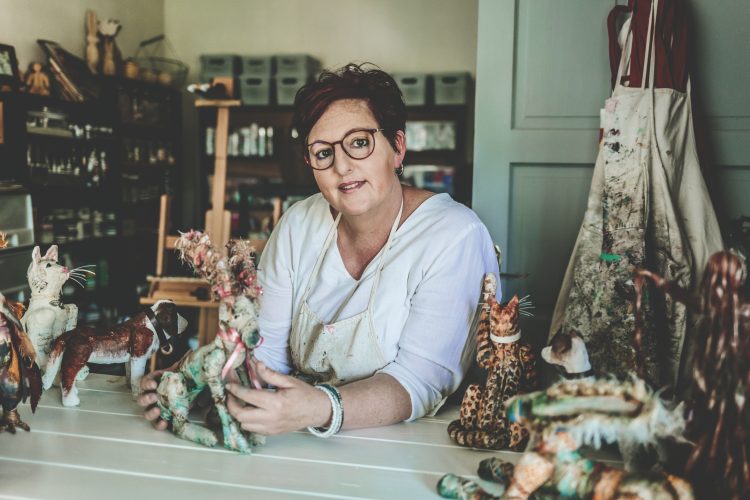
It looks like you’re out of free articles.
Become a Women Create member to read this full article.
Already a member? Sign in
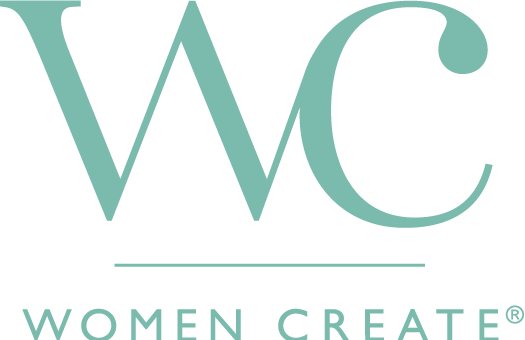
Monthly Membership
- Unlimited access to the Women Create website
- Monthly Maker Moments livestreams, members-only newsletters and more

Annual Memberships
- Unlimited access to the Women Create website
- Print and digital subscriptions of WHAT Women Create magazine, WHERE Women Create magazine, or both
- Monthly Maker Moments livestreams, members-only newsletters and more

